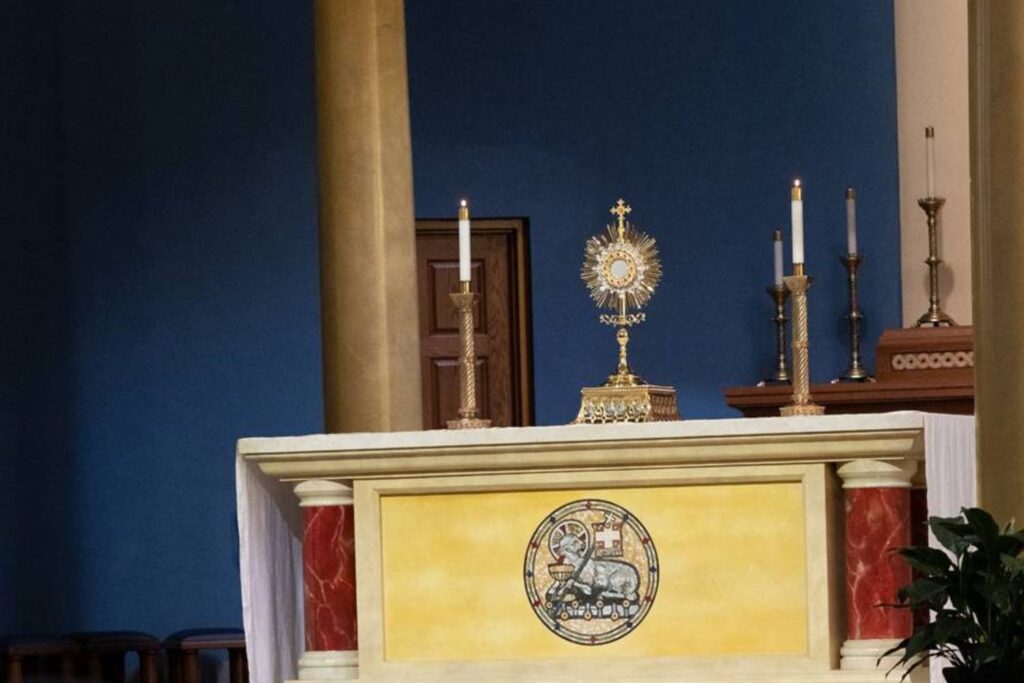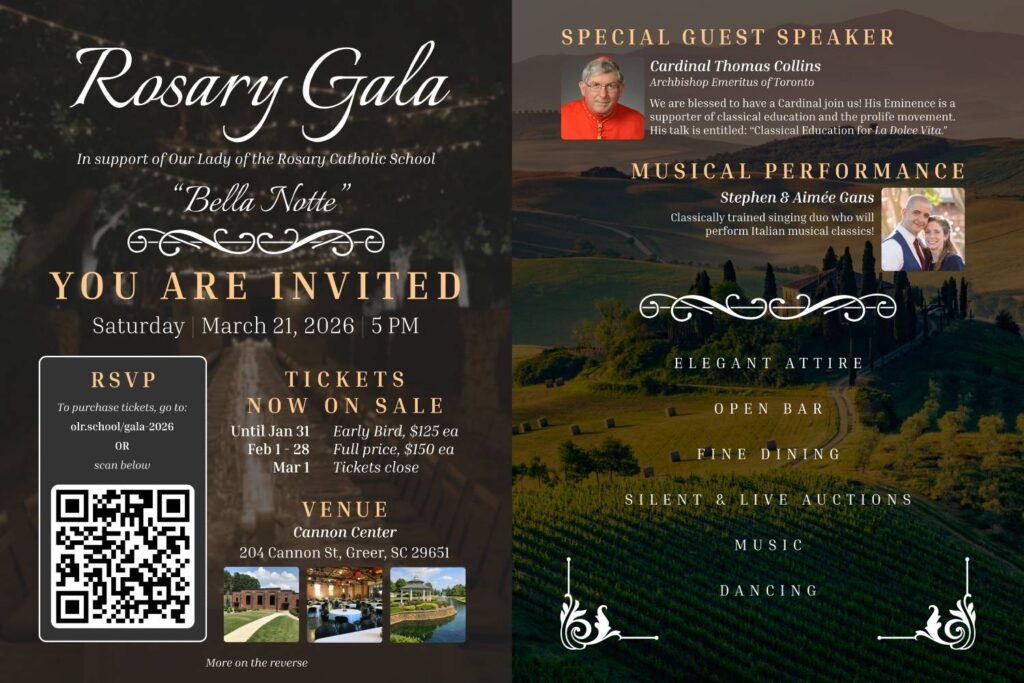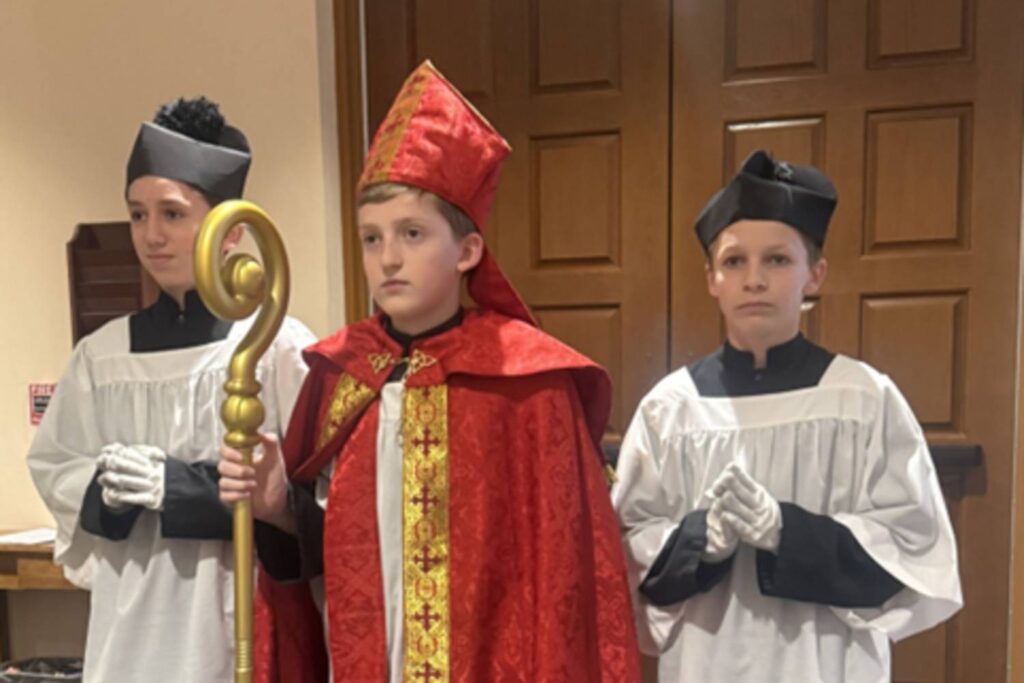Dear Brothers and Sisters,
At this time of year, it is popular for writers to explain that Christmas is “just an old Roman mid-winter holiday” that the Christians adopted and adapted for their own use. “Nobody knows” they claim “when or where Jesus Christ was really born. The Catholic Church is just the old pagan religion wearing new clothes.”
This kind of anti-Catholic propaganda is commonplace, but those who propagate the untruths are ignorant of the facts. I’ve written elsewhere about how we know Jesus was born in late December, but while we’re on the subject, there IS a winter festival that has pagan roots – its New Years Day, not Christmas.
The earliest records of a New Year celebration are from Mesopotamia around 2000 BC. Then the new year was heralded not in mid winter, but at the Spring equinox in mid-March. Following these already ancient customs, the first calendar of the Roman civilization had ten months and also recognized March as the beginning of the year. This is why September, October, November, and December have their names: from March they were the seventh, eighth, ninth and tenth months. (“Sept” “Oct” “Nov” and “Dec” referring to the numbers 7,8,9 and 10) The second king of Rome, Numa Pompilius added January and February to front end of the calendar and in 153 BC we have the first record of January first being celebrated as New Years’ Day.
When Julius Caesar replaced the old lunar based calendar in 46 BC with a solar calendar, he also formally established the beginning of January as New Year’s Day. As the Empire fell and Europe transitioned to the new religion and rule of Christianity, the remains of pagan culture were purged. New Years’ Day at the beginning of January was officially eliminated at the Council of Tours in 597, and across Europe the start of a new year was celebrated variously at Christmas, Easter or most significantly March 25.
The date of March 25, not only connected with the most ancient celebrations of the new year at the Spring equinox, but in the Christian calendar March 25, is the celebration of the Annunciation – the announcement by the Angel Gabriel to the Virgin Mary that she would bear a son. The date of March 25, was determined by the Jewish belief that great men were conceived on the same day of the year as their death. Jesus Christ died on March 25, (so the theory goes) which means he was conceived on March 25. Incidentally this is also the origin for the traditional date of Christmas – nine months from March 25.
Medieval Christians understood that the beginning of the life of the Son of God in the Virgin Mary’s womb was the beginning of God’s work among mankind, the restoration and redemption of the world and the beginning of a new creation. It was therefore theologically fitting that March 25, or Ladyday (in honor of the Virgin Mary) should be celebrated as New Years’ Day. And so, it was for a thousand years.
Then in 1582 Pope Gregory XIII tinkered with Julius Caesar’s ancient calendar. Because of imprecise calculations, the date of Easter had been drifting and the pope decided it needed fixing. Part of the reform was to re-establish January first as New Years’ Day. Seeing this as papal presumption, the Eastern Orthodox rejected the reform. Seeing this as not only papal presumption, but paganism restored, the Protestants also rejected the new Gregorian calendar. The British did not adopt the new calendar until 1752. The Greeks held out until 1923.
Fans of the Catholic author J.R.R.Tolkien will be interested how this connects with Tolkien’s great story The Lord of the Rings Tolkien was very sly in the way he wove Christian symbolism into his epic myth. He records the dates of the great events in the cycle of the ring, and we discover that it is on March 25, that the ring of power is cast into the fires of Mount Doom, and so the destruction of Sauron heralds a new beginning for Middle Earth. Thus, Tolkien gives a nod to the medieval Christian tradition that March 25, is the true New Year’s Day.
As you celebrate New Year’s Day remember that for one thousand years the welcoming of a new year was not just a calendar event, but a culturally religious event which linked the renewal of nature with the redemption of the world, and January 1, as New Years’ Day is a vestige of pagan Rome.
Your Pastor,
Fr. Longenecker





